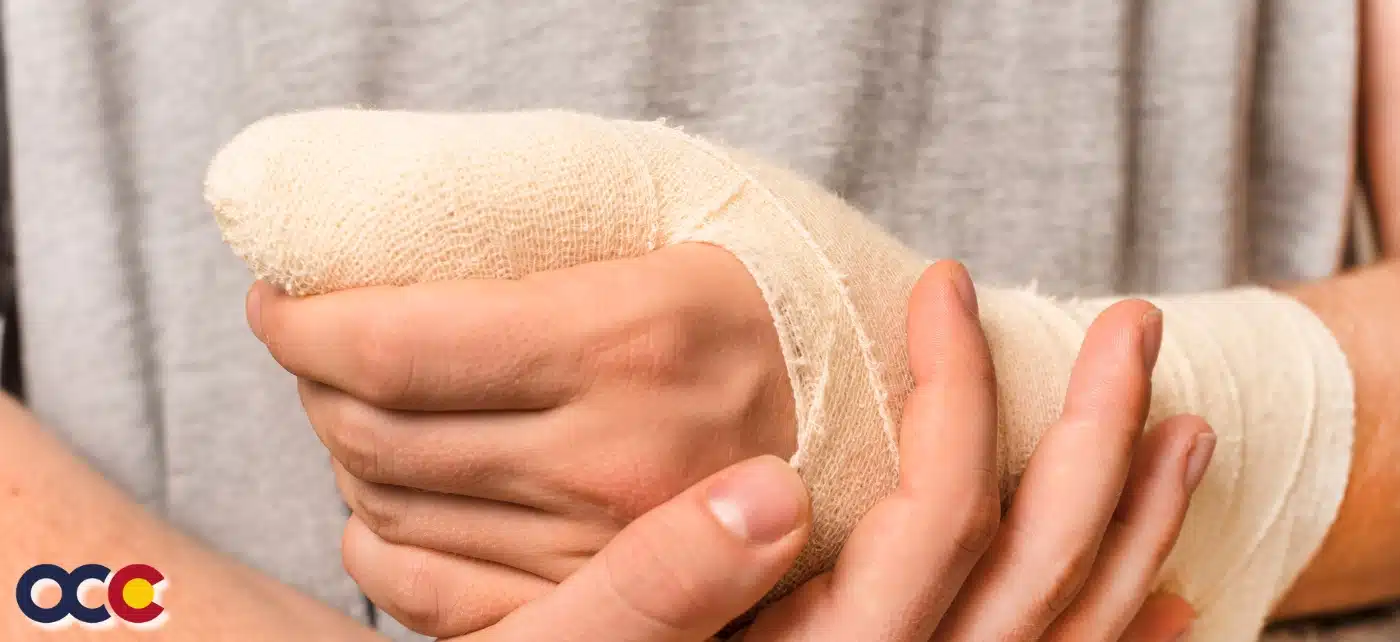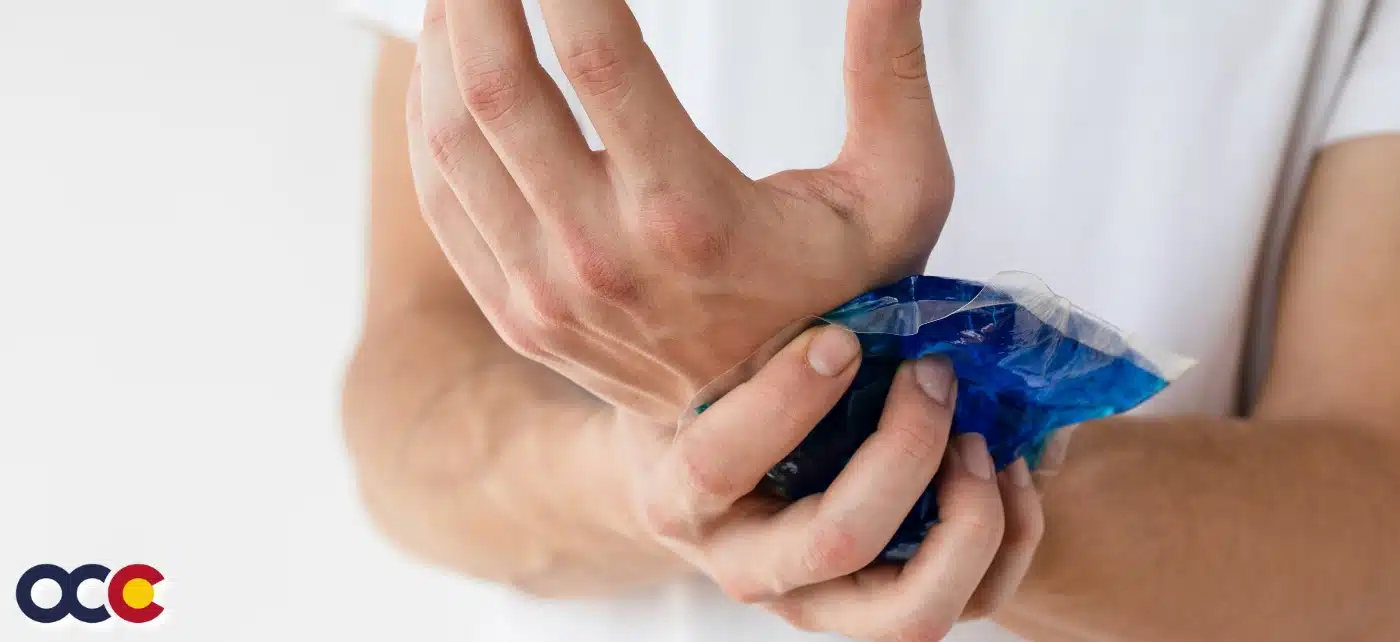Most people don’t think about their thumb often. It’s just there, taken for granted. However, the thumb plays a major role in the critical functions of the hand. The thumb is needed for grasping, pushing, pulling, and just picking up and holding objects. A thumb fracture can dramatically reduce your ability to do any of these things. Thumb fracture symptoms may be similar to those of a severe strain, so it is important to see an experienced orthopedic doctor for an accurate diagnosis and timely treatment. You need look no further than Advanced Orthopedic & Sports Medicine Specialists in Denver, Parker, or Aurora, Colorado. Any delay can cause the injury to worsen and may slow the recovery process.
OVERVIEW
The thumb constitutes almost 40% of hand function. A thumb fracture is a break or crack to the bone. Thumb fractures are relatively common; 12% of hand fractures occur in the thumb. When there is a thumb fracture, it is not just the bone that’s affected. There will most likely be injuries to some of the soft tissues around it, including muscles, ligaments, tendons, and nerves. There isn’t a significant gender-based predisposition for a thumb fracture. The risk of thumb fractures is often more associated with activities, occupations, and lifestyle factors.
ABOUT THE THUMB
Several bones contribute to thumb function. The bone under the nail that makes up the tip of the thumb is called the distal phalanx. The next bone is called the proximal phalanx. These two bones connect via the interphalangeal (IP) joint, which allows the tip of the thumb to bend. The thumb connects to the hand through the next joint, known as the metacarpophalangeal (MCP) joint. This joint sits between the proximal phalanx and a bone in the hand called the first metacarpal. This bone is connected to the wrist by the carpometacarpal (CMC) joint, which sits between the metacarpal and a carpal bone called the trapezium. There is an area of webbing between the thumb and the first finger that allows one to spread the thumb out to grasp an object.
WHAT IS A THUMB FRACTURE?
Fractures can break in a straight line, spiral pattern, split into pieces, or completely shatter. Fractures that extend into the joint may cause future stiffness, arthritis, and pain. Fractures associated with open wounds increase the risk of infections that may get deep into the bone. Fractures can also be associated with ligament injuries, which are soft tissues that cause the bones to bend or straighten. Two types of thumb fractures:
- Bennet Fracture: a fracture at the base of the thumb metacarpal involving the CMC joint. This type of fracture usually involves a clean break with two significant pieces of bone on either side of the fracture.
- Rolando Fracture: similar to a Bennet fracture but with more broken pieces or fractures at the base of the first metacarpal. This type of fracture may create a T or Y-shaped pattern.
Read more about Thumb Fractures on our new Orthopedic News Site – Colorado Orthopedic News. Schedule an appointment with a hand specialist today.










